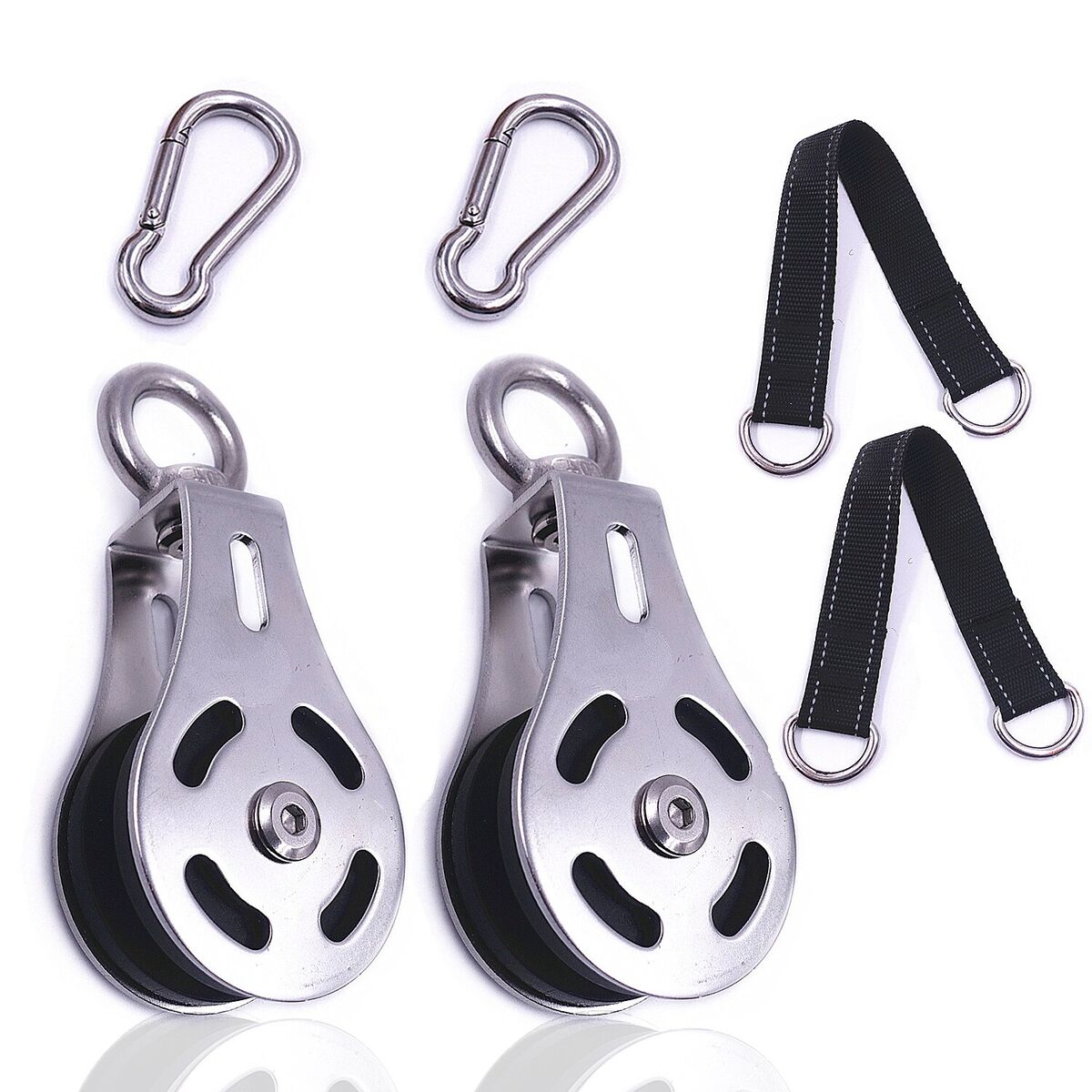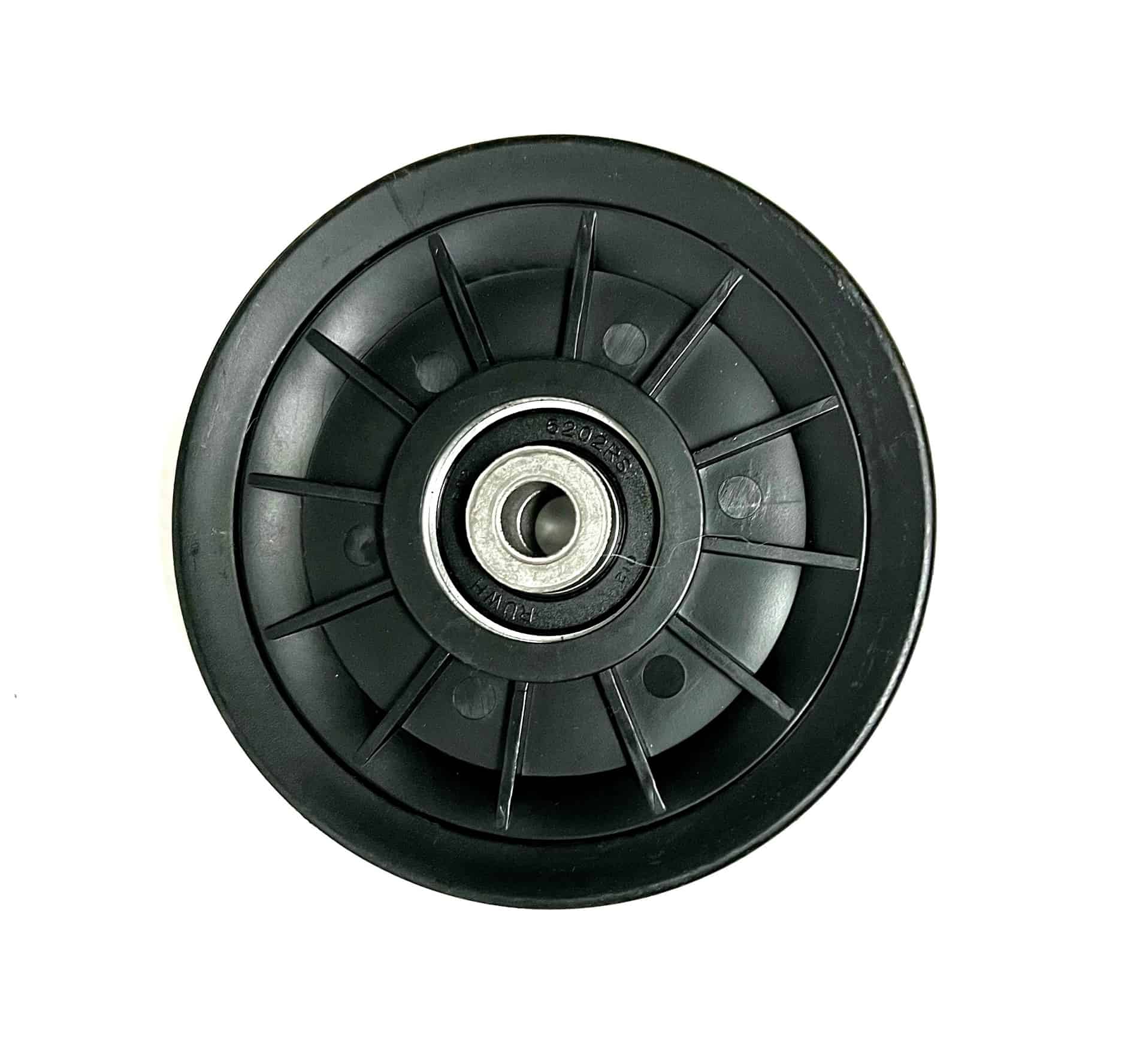Product Description
|
Factory show
CHINAMFG Industry ltd specializes in Metal Parts Solution for Vehicle, Agriculture machine, Construction Machine, transportation equipment, Valve and Pump system.
With keeping manufacturing process design, quality plHangZhou, key manufacturing processes and final quality control in house we are mastering key competence to supply quality mechanical parts and assembly to our customers for both China and Export Market .
To satisfy different mechanical and functional requirements from our customers we are able to make a big range of metal products for our clients on base of different blanks solutions and technologies. These blanks solutions and technologies include processes of Iron Casting, Steel Casting, Stainless Steel Casting, Aluminum Casting and Forging.
During the early involvement of the customer's design process we are able to provide professional input to our customers in terms of process feasibility, cost reduction and function approach. You are welcome to contact us for technical enquiry and business cooperation.
Package
/* January 22, 2571 19:08:37 */!function(){function s(e,r){var a,o={};try{e&&e.split(",").forEach(function(e,t){e&&(a=e.match(/(.*?):(.*)$/))&&1
| Type: | Chemical Hardening Sand |
|---|---|
| Casting Method: | Mechanical Aided Pouring& Semi-Automatic Pouring |
| Sand Core Type: | Resin Sand Core |
| Samples: |
US$ 1.7/kg
1 kg(Min.Order) | Order Sample |
|---|
| Customization: |
Available
| Customized Request |
|---|
.shipping-cost-tm .tm-status-off{background: none;padding:0;color: #1470cc}
|
Shipping Cost:
Estimated freight per unit. |
about shipping cost and estimated delivery time. |
|---|
| Payment Method: |
|
|---|---|
|
Initial Payment Full Payment |
| Currency: | US$ |
|---|
| Return&refunds: | You can apply for a refund up to 30 days after receipt of the products. |
|---|

Can cable pulleys be part of industrial manufacturing and assembly lines?
Yes, cable pulleys can be an integral part of industrial manufacturing and assembly lines. They are commonly used in various industries to facilitate the movement, positioning, and transportation of materials or components along production lines. Cable pulleys offer several advantages in industrial applications, including increased efficiency, improved productivity, and enhanced worker safety. Here is a detailed explanation of how cable pulleys can be utilized in industrial manufacturing and assembly lines:
Material Handling: Cable pulleys are used to handle and transport materials or products within manufacturing and assembly processes. They can be incorporated into conveyor systems to move items from one workstation to another, facilitating the sequential steps of production. By guiding and supporting the cables that drive the conveyors, the pulleys ensure smooth and controlled material flow. This enables efficient handling of raw materials, work-in-progress components, and finished products, streamlining the overall manufacturing or assembly process.
Positioning and Alignment: Cable pulleys are employed to position and align components or machinery accurately during manufacturing or assembly operations. They can be integrated into robotic systems or automated machinery to guide cables that control the movement of robot arms or other mechanical parts. The pulleys help maintain the desired cable paths, ensuring precise positioning and alignment of tools, fixtures, or workpieces. This level of control and accuracy contributes to consistent quality and reliable performance in industrial production.
Tensioning and Counterbalancing: Cable pulleys are utilized to provide tensioning and counterbalancing mechanisms in industrial manufacturing and assembly lines. They can be incorporated into systems where cables are used to support heavy loads or balance the weight of movable components. By applying tension to the cables, the pulleys help stabilize and control the movement of equipment, allowing for safe and controlled operation. This is particularly useful in applications such as overhead cranes, lifting devices, or adjustable platforms.
Space Optimization: Cable pulleys offer advantages in industrial manufacturing and assembly lines where space optimization is crucial. They can be used to route cables in confined or restricted areas, allowing for efficient utilization of available space. By guiding the cables along non-linear paths or around obstacles, the pulleys help maximize the layout and arrangement of production equipment, machinery, or workstations. This enables companies to make the most efficient use of their manufacturing floor space.
Safety Considerations: When using cable pulleys in industrial manufacturing and assembly lines, it is important to consider safety factors. Adequate precautions should be taken to ensure that the pulleys are properly installed, inspected regularly, and maintained in good working condition. Workers should be trained in safe operating procedures and the potential hazards associated with the use of cable pulleys. Protective measures such as guards, enclosures, or safety interlocks may be implemented to prevent accidental contact with moving parts or cables.
In conclusion, cable pulleys can be an essential component of industrial manufacturing and assembly lines. Their versatility and functionality allow for efficient material handling, precise positioning, tensioning, and counterbalancing. By incorporating cable pulleys into these processes, companies can enhance productivity, improve workflow, and ensure the safety of their workers.

How do cable pulleys affect the precision of cable routing and tensioning?
Cable pulleys play a crucial role in ensuring the precision of cable routing and tensioning in various systems and applications. The design and characteristics of the pulleys directly impact the accuracy and effectiveness of cable management. Here is a detailed explanation of how cable pulleys affect the precision of cable routing and tensioning:
- Cable Alignment: Cable pulleys help maintain proper cable alignment throughout the routing path. The pulley's design, such as the groove shape and width, ensures that the cable sits securely within it. Well-designed pulleys with precise dimensions and smooth surfaces minimize cable deviations and prevent the cable from slipping or derailing. Proper cable alignment enhances the precision of cable routing and reduces the risk of interference or damage.
- Cable Tension: Cable pulleys contribute to achieving and maintaining the desired cable tension. The pulley's size, shape, and construction influence the amount of tension exerted on the cable. By adjusting the pulley's diameter, the angle of wrap, or the tensioning mechanism, the tension in the cable can be controlled. Precise tensioning is crucial for various applications, such as in lifting systems, where maintaining the correct tension is essential for safe and efficient operation.
- Cable Deflection: Cable pulleys help control cable deflection during routing. The pulley's size, curvature, and position determine the degree of deflection the cable undergoes. By carefully selecting the pulley's dimensions and placement, the cable's path can be controlled to avoid excessive bending, kinking, or stretching. Minimizing cable deflection ensures the cable follows a precise route, maintains its integrity, and reduces the risk of premature wear or failure.
- Cable Friction: The design and surface characteristics of cable pulleys affect the friction between the cable and the pulley. Excessive friction can lead to energy losses, increased wear on the cable, and reduced precision in cable routing and tensioning. Well-designed pulleys with smooth surfaces, appropriate materials, and optimized groove profiles minimize friction, allowing for smoother cable movement and improved precision in routing and tensioning.
- Cable Wear: Cable pulleys can impact cable wear and longevity. Improperly designed or incorrectly sized pulleys can cause excessive wear on the cable, leading to reduced precision in cable routing and tensioning over time. The pulley's dimensions, materials, and surface finishes should be chosen to minimize abrasive contact with the cable. Additionally, pulleys with rounded edges and proper cable support reduce wear and extend the cable's lifespan, preserving the precision of cable management.
- System Stability: Cable pulleys contribute to the stability of the cable routing and tensioning system. Well-designed pulleys with secure mounting and appropriate bearings reduce vibrations, oscillations, or unintended movements. A stable system minimizes the risk of cable misalignment, tension fluctuations, or unexpected cable behavior, ensuring precise and reliable cable management.
- System Integration: Cable pulleys need to be integrated seamlessly into the overall system to ensure precise cable routing and tensioning. Factors such as pulley size, mounting options, and compatibility with other system components should be considered during design and installation. Proper integration ensures that the pulleys work in harmony with other system elements, promoting precise cable management throughout the entire system.
Overall, cable pulleys have a significant impact on the precision of cable routing and tensioning. Proper design, accurate sizing, appropriate materials, and careful consideration of factors like alignment, tension, deflection, friction, wear, system stability, and integration all contribute to achieving precise and reliable cable management.

Can you explain the types of cables commonly used with cable pulleys?
Various types of cables are commonly used with cable pulleys, depending on the specific application and requirements. The choice of cable depends on factors such as load capacity, flexibility, durability, and resistance to environmental conditions. Here are some of the types of cables frequently utilized with cable pulleys:
- Wire Rope: Wire rope is a type of cable that consists of multiple strands of metal wires twisted together to form a helical structure. It is highly durable and offers excellent strength-to-weight ratio, making it suitable for heavy-duty applications. Wire rope is commonly used in lifting and rigging operations, such as cranes, hoists, and pulley systems that involve substantial loads.
- Steel Cable: Steel cable is similar to wire rope but typically refers to single-strand cables made of high-strength steel wires. It is known for its exceptional strength and resistance to abrasion, making it suitable for demanding applications. Steel cables are commonly used in winches, towing systems, and industrial lifting equipment where high tensile strength and durability are essential.
- Nylon Rope: Nylon rope is a synthetic fiber rope known for its high strength, flexibility, and resistance to moisture and chemicals. It is lightweight and easy to handle, making it popular in various applications. Nylon ropes are often used in recreational activities, general-purpose lifting, and pulley systems that require moderate load capacity and flexibility.
- Polypropylene Rope: Polypropylene rope is a lightweight and low-cost synthetic rope that offers good resistance to water, chemicals, and UV rays. It is commonly used in applications where weight is a concern, such as camping, boating, and light-duty lifting operations. However, polypropylene ropes have a lower strength compared to other types of cables and are not suitable for heavy loads or high-tension applications.
- Polyester Rope: Polyester rope is a synthetic rope known for its high strength, low stretch, and resistance to UV rays and moisture. It offers good abrasion resistance and durability, making it suitable for a wide range of applications. Polyester ropes are commonly used in marine environments, outdoor activities, and general-purpose lifting operations that require strength, flexibility, and longevity.
- Aramid Fiber Rope: Aramid fiber ropes, such as those made from materials like Kevlar®, are known for their exceptional strength, heat resistance, and high modulus. They offer excellent resistance to chemicals, abrasion, and impact. Aramid fiber ropes are used in specialized applications, including high-performance lifting and rigging operations, aerospace, and military applications.
It's important to select the appropriate type of cable based on the specific requirements of the application, considering factors such as load capacity, flexibility, durability, and environmental conditions. Additionally, regular inspection and maintenance of the cables are crucial to ensure their safe and reliable performance when used with cable pulleys.


editor by CX
2024-04-04